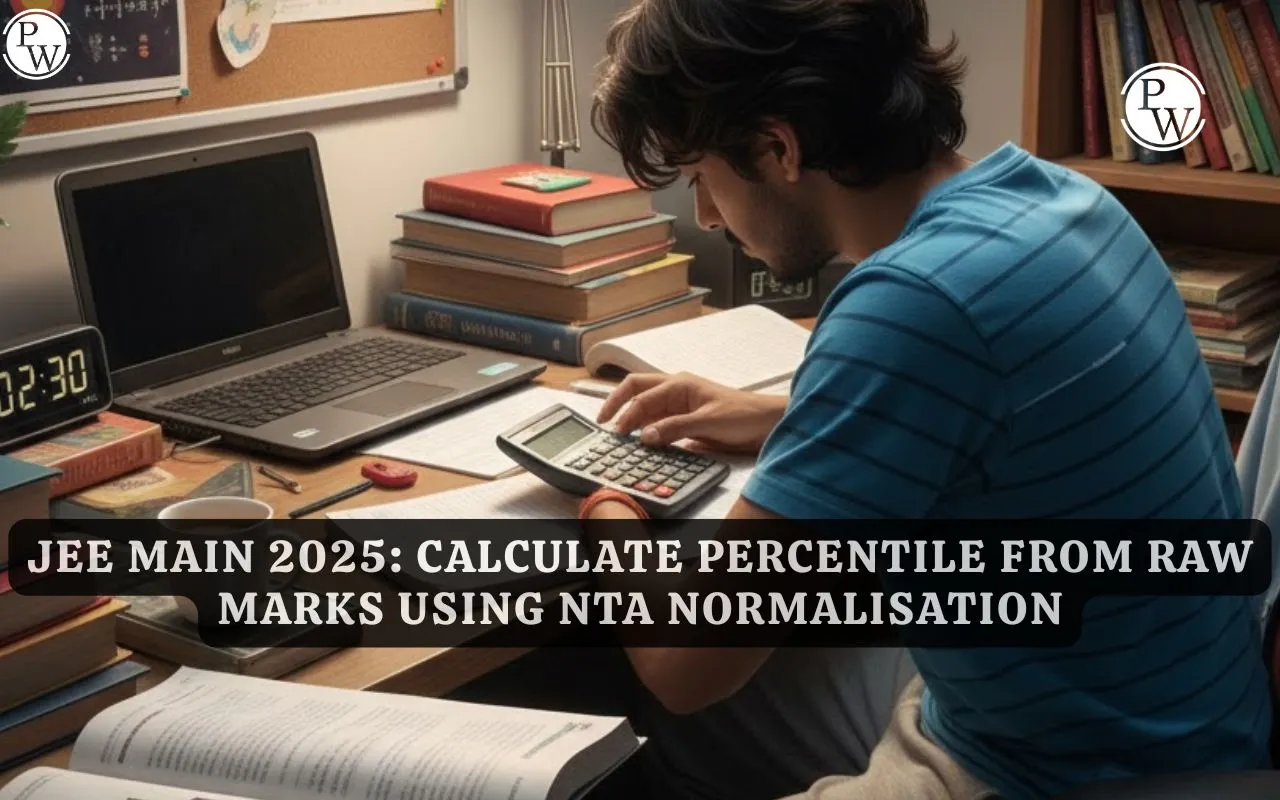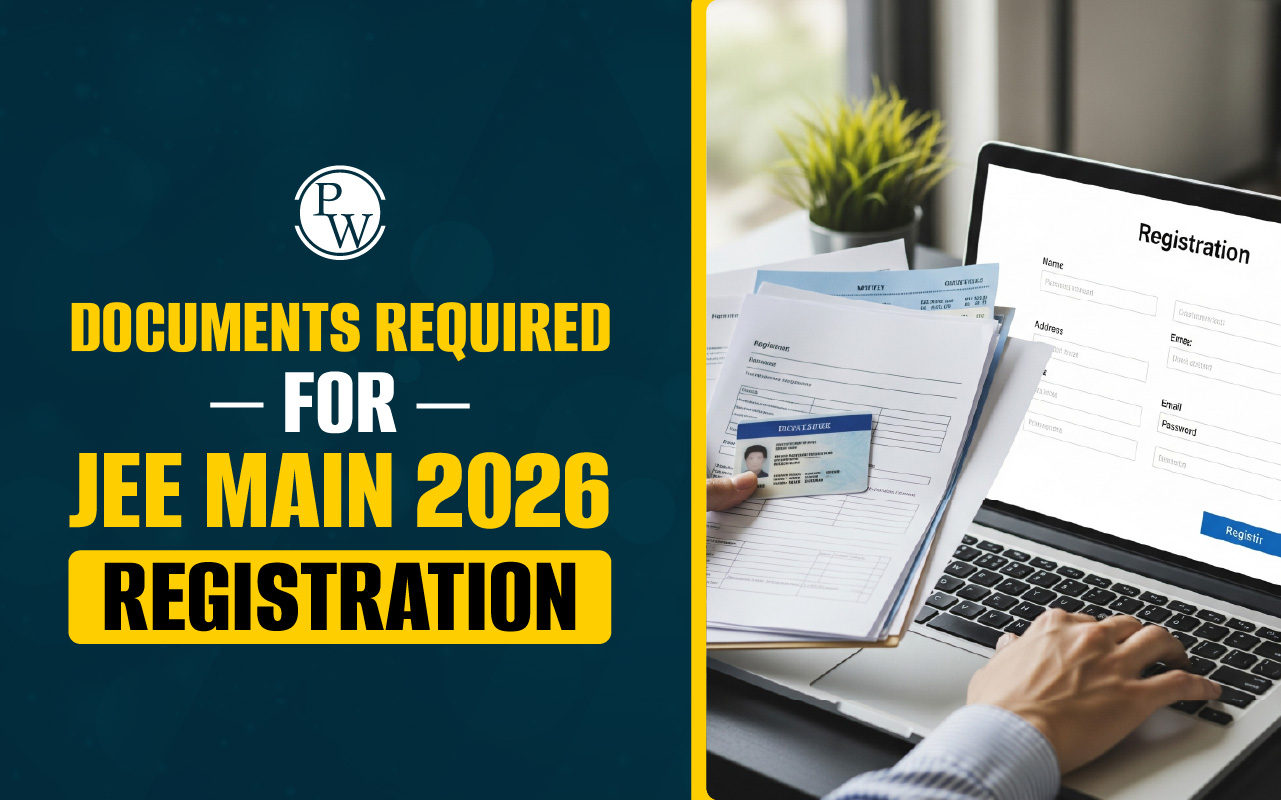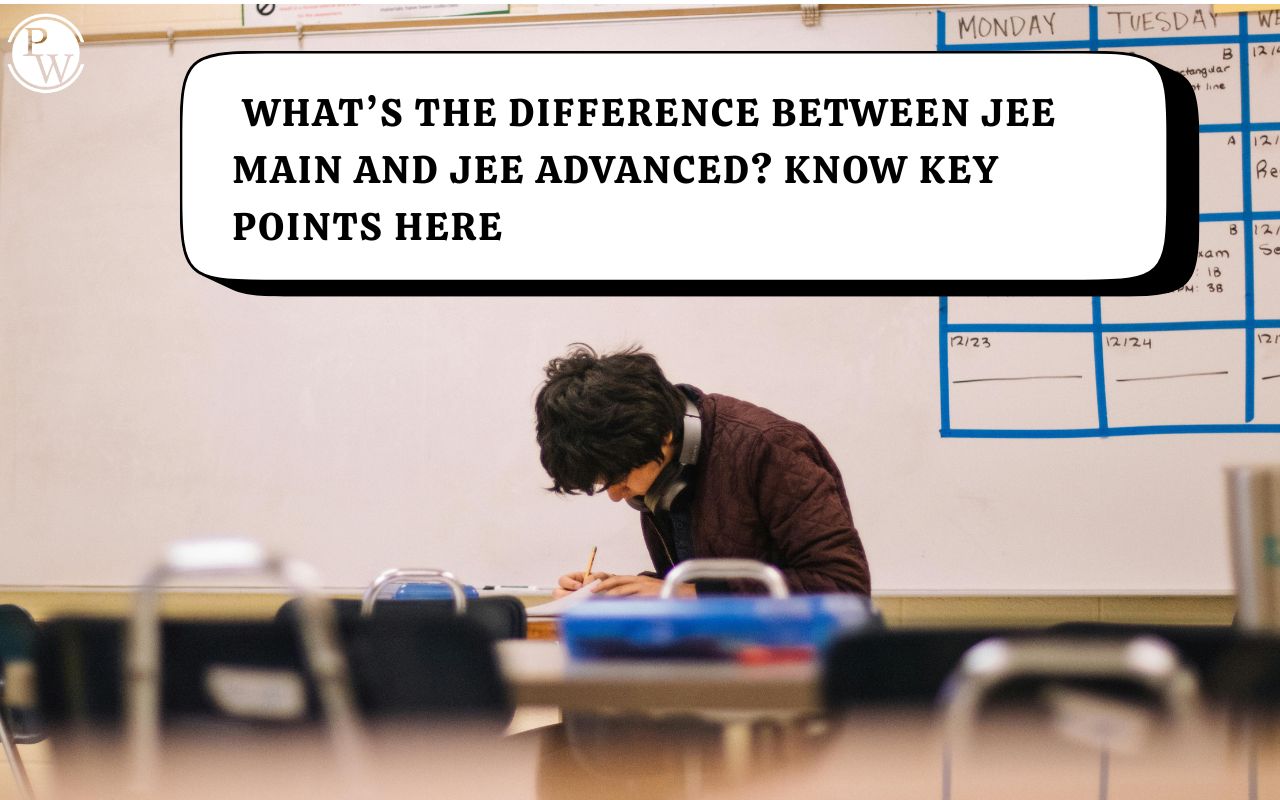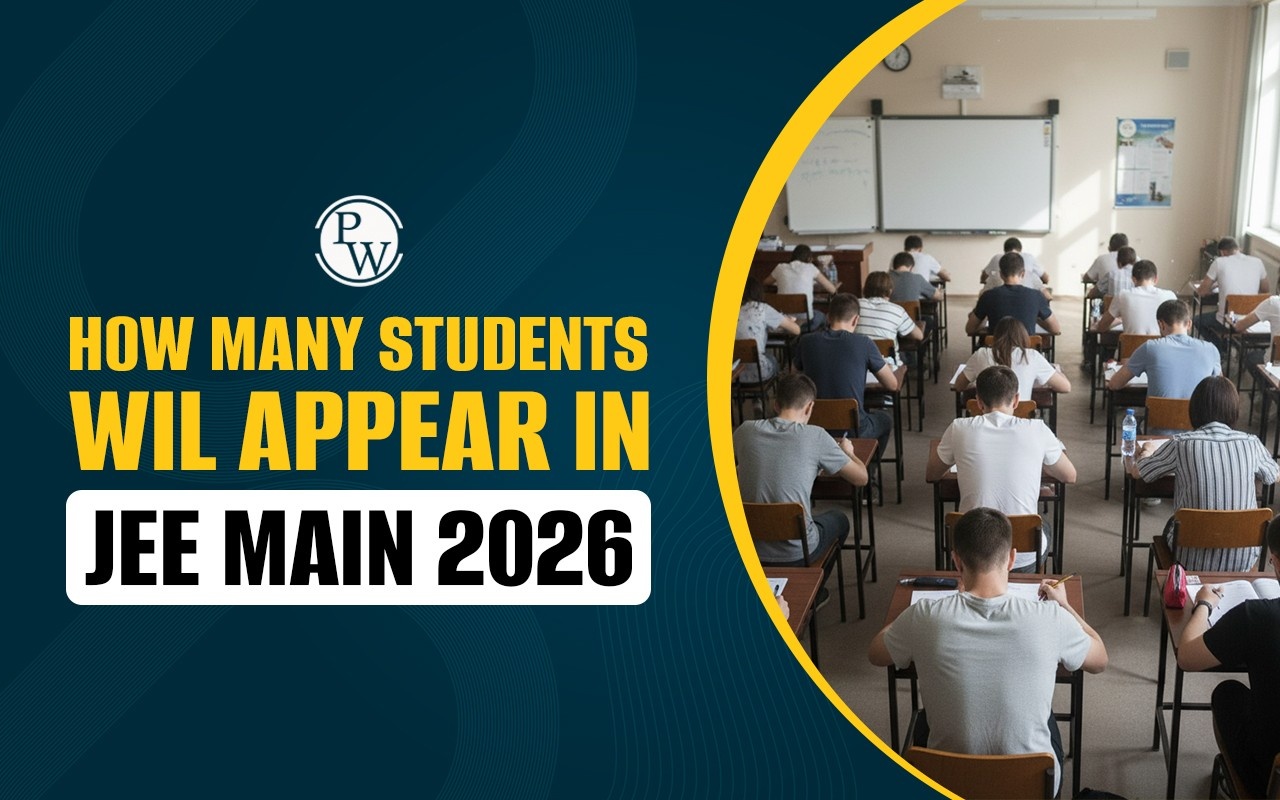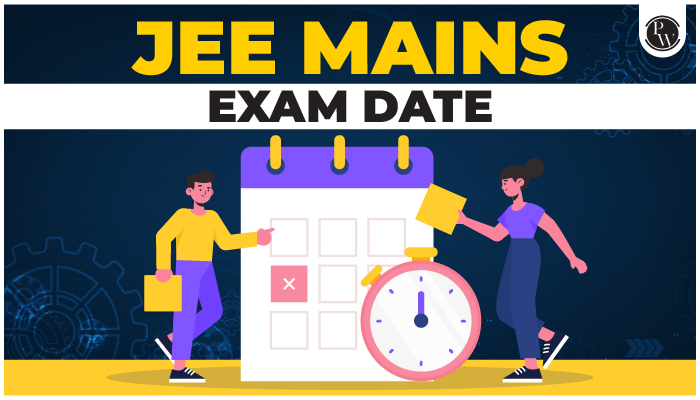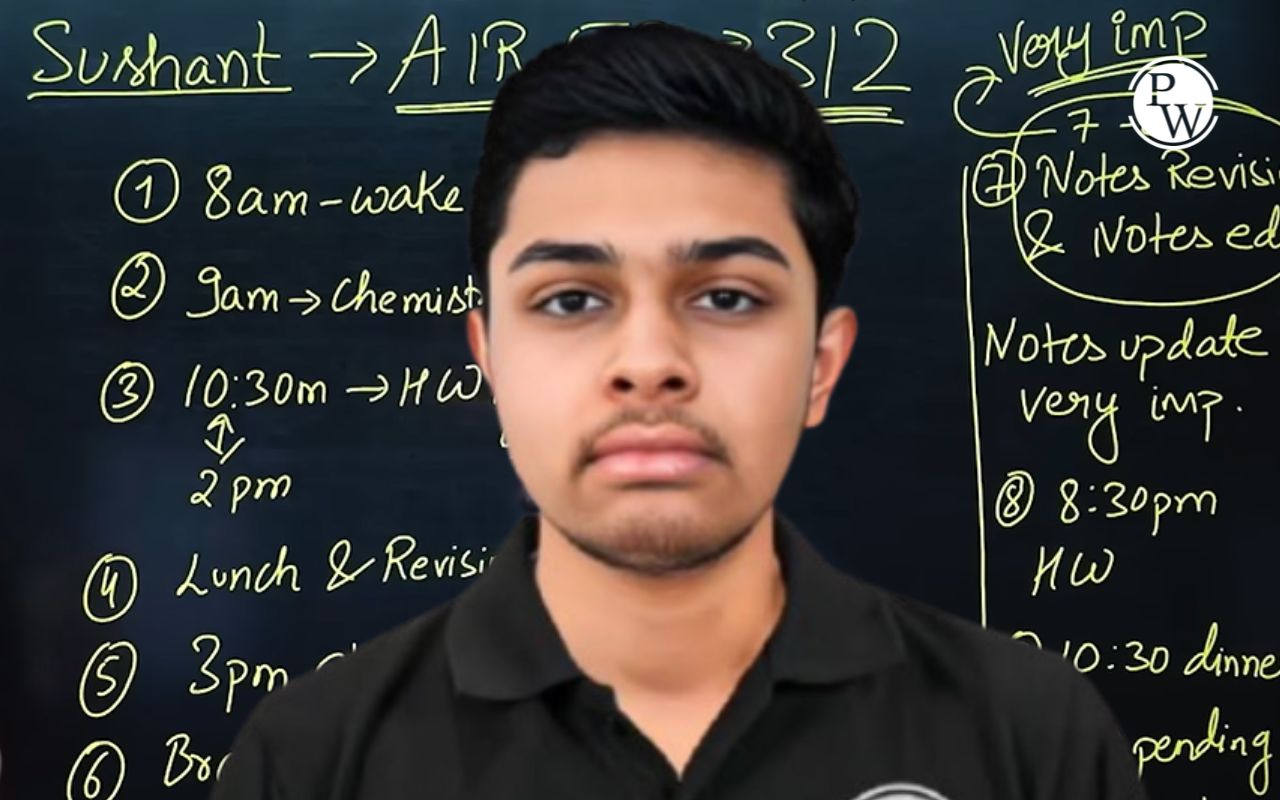
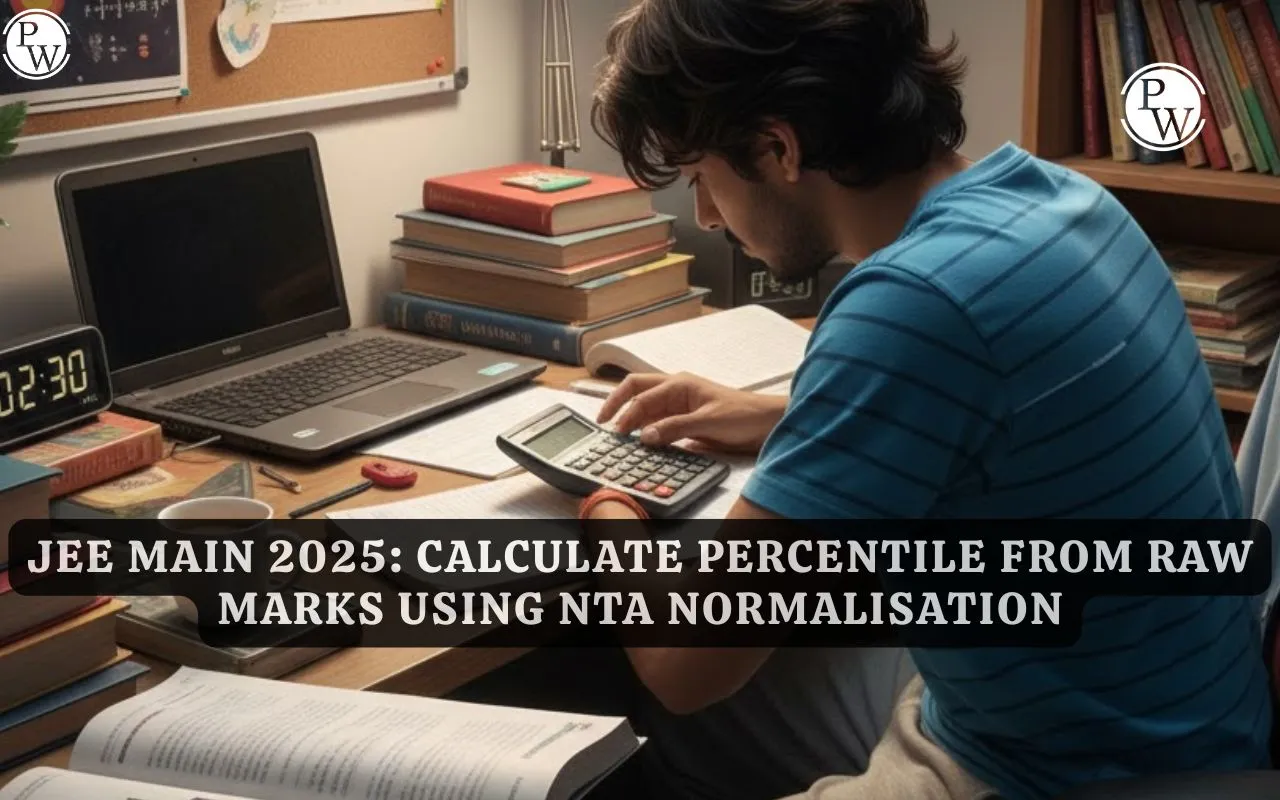
Boards are approaching, and this is the peak moment when every student looks for content that can genuinely boost their score. This session brings together high-probability Physics questions and concepts that are extremely likely to appear in the exam. The explanations here are based strictly on the transcript and preserve every technical detail.
1. Photoelectric Effect: Guaranteed Question Area
A question from the photoelectric effect is almost certain to appear. The common pattern in such questions revolves around:
-
Energy of incident photon: E = hν
-
Maximum kinetic energy: Kₘₐₓ = hν – Φ
-
Work function relations
-
Threshold frequency
-
Photon emission per second
Example Problem: Photon Emission from a 100 W Bulb
Given:
-
Wavelength = 540 nm
-
Power = 100 W
If the bulb emits photons of frequency ν, the number of photons emitted per second is:
nt=Phν\frac{n}{t} = \frac{P}{hν}tn=hνP
Where:
-
ν=cλ=3×108540×10−9=5.5×1014 Hzν = \frac{c}{\lambda} = \frac{3×10^8}{540×10^{-9}} = 5.5×10^{14} \text{ Hz}ν=λc=540×10−93×108=5.5×1014 Hz
-
Using Planck’s constant h=6×10−34h = 6×10^{-34}h=6×10−34
Final value (as derived in the transcript):
3.03×1020 photons per second3.03 × 10^{20} \text{ photons per second}3.03×1020 photons per second
This is a high-probability exam question type.
2. Capacitor Fully Charged: Conduction & Displacement Current
When a capacitor becomes fully charged:
-
Conduction current = 0
-
Displacement current = 0
Reason: After full charging, there is no change in electric flux, hence no displacement current exists.
3. Universal Property of Magnetic Substances
Every object exhibits diamagnetism.
Hence, diamagnetism is called the universal magnetic property.
4. Photoelectric Effect: Kinetic Energy Ratio Question
For metals A and B with threshold frequencies ν/2 and ν/3:
Work functions:
-
Φₐ = hν / 2
-
Φᵦ = hν / 3
Kinetic energies:
Ka=hν−hν/2=hν/2Kₐ = hν - hν/2 = hν/2Ka=hν−hν/2=hν/2 Kβ=hν−hν/3=2hν/3Kᵦ = hν - hν/3 = 2hν/3Kβ=hν−hν/3=2hν/3
Ratio:
Ka:Kβ=12:23=3:4Kₐ:Kᵦ = \frac{1}{2} : \frac{2}{3} = 3 : 4Ka:Kβ=21:32=3:4
Correct answer: 3 : 4
5. Surface Charge Density: Hollow Conducting Sphere
Given:
-
Inner radius = r
-
Outer radius = 2r
-
Charge +q placed at the center
Induced charges:
-
Inner surface: –q
-
Outer surface: +q
Surface charge densities:
-
Inner: −q4πr2\frac{-q}{4πr^2}4πr2−q
-
Outer: +q4π(2r)2=q16πr2\frac{+q}{4π(2r)^2} = \frac{q}{16πr^2}4π(2r)2+q=16πr2q
Ratio:
−q/4πr2q/16πr2=−4:1\frac{-q/4πr^2}{q/16πr^2} = -4 : 1q/16πr2−q/4πr2=−4:1
Correct answer: –4 : 1
6. Reflection from Rarer to Denser Medium
When a wave reflects from rarer → denser medium:
-
The phase change = 180°
-
Crest reflects as trough
This is a previously asked exam question (PYQ).
7. Electric Field Line Diagram: Identifying Charges
Rules:
-
Field lines originate from positive and terminate at negative.
From the described field figure:
-
A and C are positive (lines emerging)
-
B is negative (lines converging)
-
Charge with most field lines = C (largest magnitude)
8. De Broglie Wavelength vs 1/√V Graph
Graph is plotted between:
-
y-axis: De Broglie wavelength (λ)
-
x-axis: 1 / √V
Using:
λ=h2mqVλ = \frac{h}{\sqrt{2m qV}}λ=2mqVh
Slope:
slope∝1m\text{slope} ∝ \frac{1}{\sqrt{m}}slope∝m1
Therefore:
-
The line with smaller slope corresponds to larger mass.
-
From the transcript: Particle A has greater mass than B.
9. De Broglie Wavelength of Electrons from X-rays
Given:
-
X-ray wavelength = λ
-
Work function negligible
-
So kinetic energy = hν=hcλhν = \frac{hc}{λ}hν=λhc
Using:
λd=h2mKλ_d = \frac{h}{\sqrt{2mK}}λd=2mKh
Substituting K:
λd=λ2mcλ_d = \sqrt{\frac{λ}{2mc}}λd=2mcλ
The transcript shows the entire step-by-step algebra leading to this expression.
10. LCR Circuit: Peak Current in Series Circuit
Given:
-
Peak voltage = 300 V
-
Angular frequency = 400 rad/s
-
R, L, C values given in the transcript
Peak current:
I0=V0ZI_0 = \frac{V_0}{Z}I0=ZV0
Impedance:
Z=R2+(XL−XC)2Z = \sqrt{R^2 + (X_L - X_C)^2}Z=R2+(XL−XC)2
Where:
-
XL=ωL=8 ΩX_L = ωL = 8 \, ΩXL=ωL=8Ω
-
XC=1ωCX_C = \frac{1}{ωC}XC=ωC1 (value solved later in transcript)
This is a 100% sure-shot topic—LCR is almost guaranteed to appear.
Conclusion
This transcript-based blog covers all key high-probability Physics topics:
-
Photoelectric effect
-
LCR circuits
-
De Broglie wavelength
-
Magnetic properties
-
Electric field line interpretation
-
Electrostatics with conductors
These concepts repeatedly appear in board exams.
Practice every example given above—each one has strong chances of being tested.
